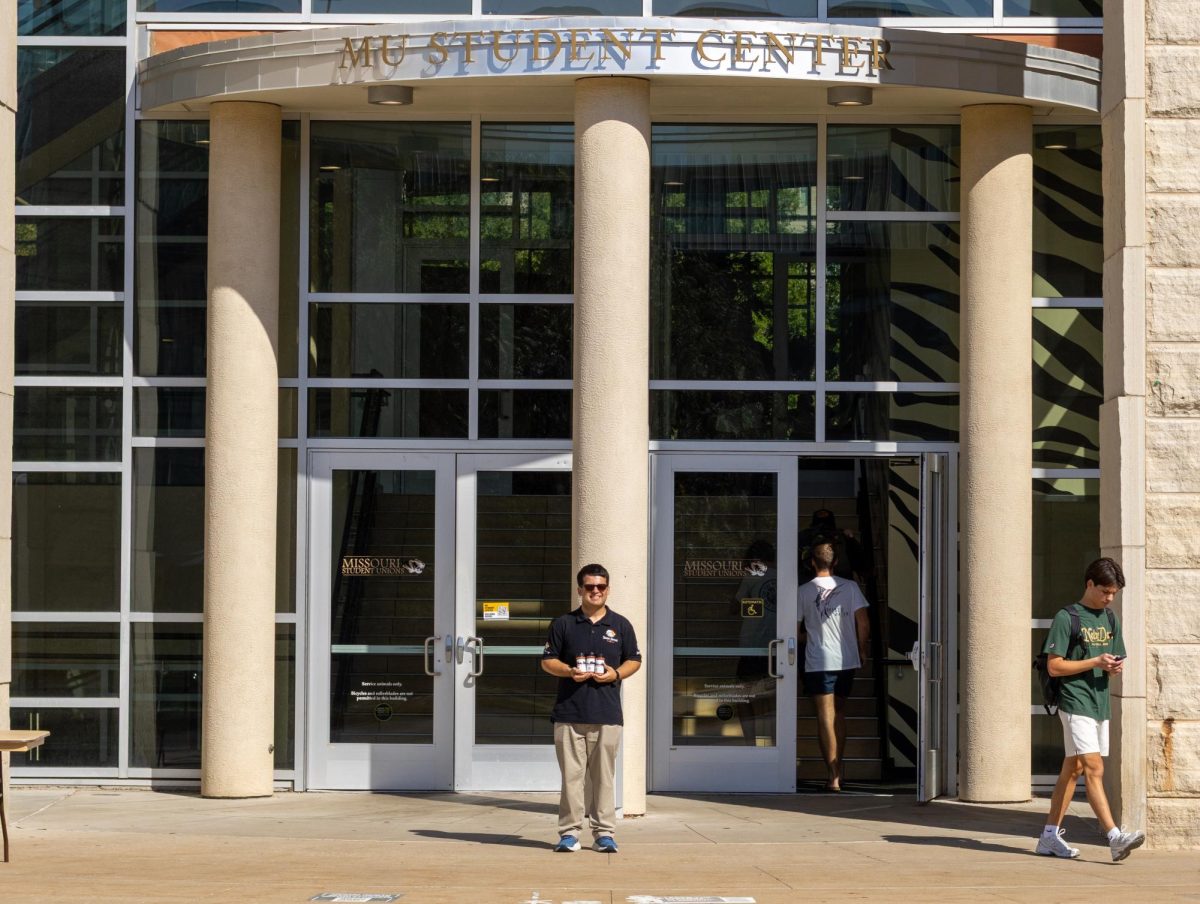UNIVERSITY OF OKLAHOMA – Like many exchange students, Austrian law student Michaela Georgina Lexer pays tuition to her university in her native country.
“We pay 16 euros (about $22) per semester,” Lexer said.
This may seem like a typo to most American students, but for many European students paying so little is not surprising.
“We’ve always been used to that,” said French foreign language student Alice Wiart. “I couldn’t imagine otherwise.”
The average student debt in the U.S. has gone from $9,320 to $27,204 in fewer than 20 years, according to data compiled by National Public Radio.
French graduate history student Julien Fontaine said what justifies the high price of American universities is the student-teacher ratio, the services provided, sports, the library, the network and quality of equipment and the buildings and general look of the campus.
French universities often don’t focus on these attributes because the general purpose of the university is somewhat different.
“(Universities) are a way to acquire knowledge but not really any practical experience and definitely not a job,” Fontaine said.
-The Oklahoma Daily
By Coco Coutois
Students find contending with debt hard
BOISE STATE – The financial strain student loan debt causes has grown substantially in recent years.
Whether at Boise State or New York University, students everywhere continue to suffer from the increased prices of a college education. And the problem of student debt has made news in more ways than one this year.
From President Barack Obama’s plan to make the loan payback process easier for students to the involvement of student debt in the Occupy movements, acknowledgment of this problem has spread throughout the nation.
Pictures of people holding signs demanding the government to “Forgive Student Debt!” flood the Internet. These are only small representations of the growing problems for college students. As tuition rises and debt becomes more prominent, students run out of choices.
According to the Federal Student Aid website, a subsidized, undergraduate loan disbursed anytime from July 1, 2010 to June 30, 2011 has a current interest rate of 4.5 percent. Loans disbursed from July 1, 2011 to June 30, 2012 would have an interest rate of 3.4 percent.
Many students who have not accepted loans keep them as a last resort.
“I wouldn’t be reluctant (to accept a loan), but I’d be hesitant. I’d try everything I could to not (accept a loan),” said freshman health science major Jesse Richards.
-Arbiter Online
By Cheyenne Perry
Trick-or-tainted-treats?
CALIFORNIA STATE UNIVERSITY – For parents, the scariest thing about Halloween may not be the little vampires, mummies or zombies running around, but the treats they’re devouring.
Parents check their children’s candies, avoid sketchy homes and throw out anything unwrapped. Tales of deaths caused by tainted treats continue to haunt Halloween.
Yet, as far back as 1958, no evidence exists of a child being killed or injured by poisoned candy picked up while trick-or-treating, said Joel Best, professor of sociology and criminal justice at the University of Delaware.
The fear still persists because “if it’s worth remembering, it’s worth repeating,” he said.
None of the children, however, were victims of random Halloween poisonings.
Best said poisoned Halloween candy “is the best thing in the world to be afraid of,” because it’s a very manageable fear for parents.
Some parents protect their little ones by taking them trick-or-treating at places such as malls, churches, even farmers markets instead of their own neighborhoods.
-The Daily Titan
By Alvan Ung







